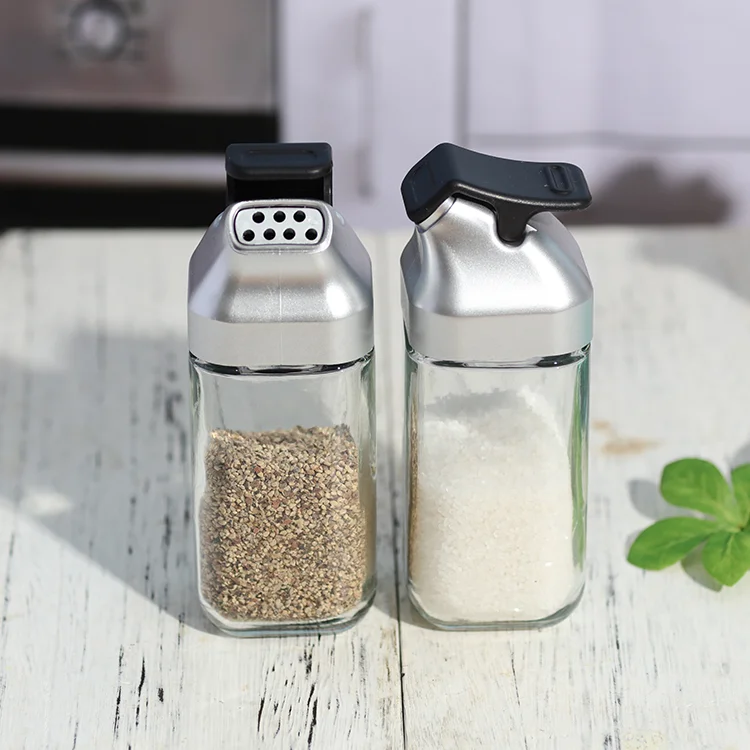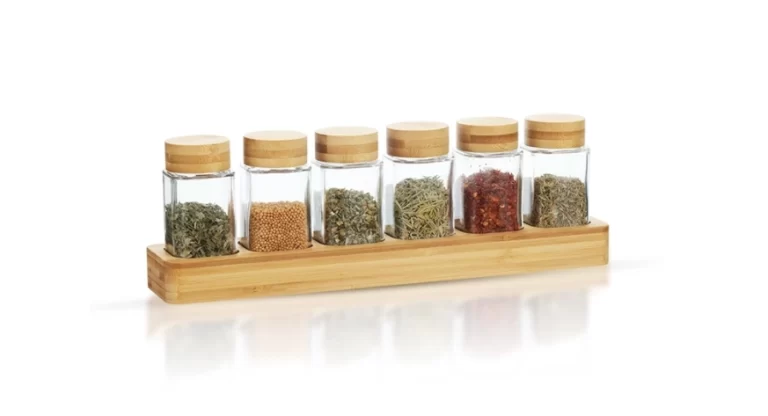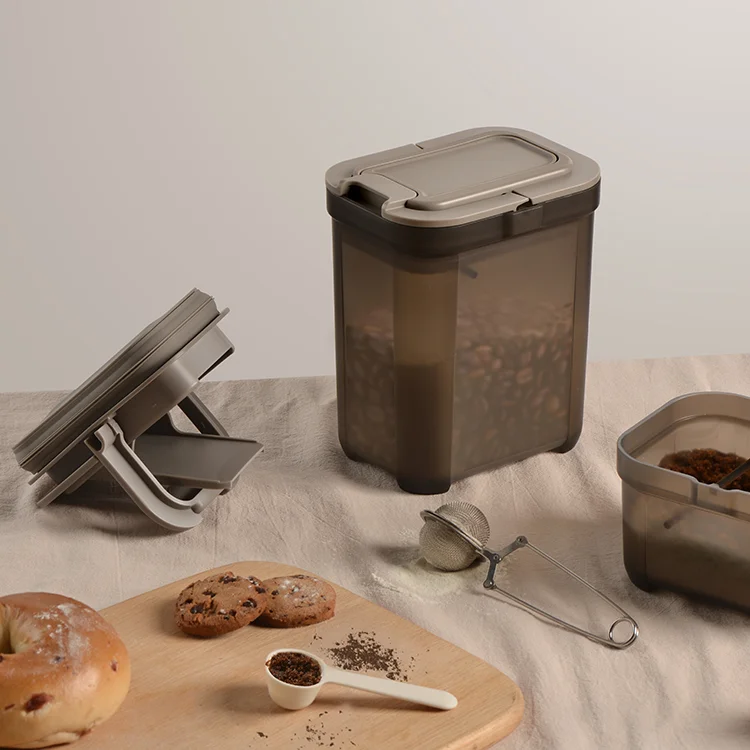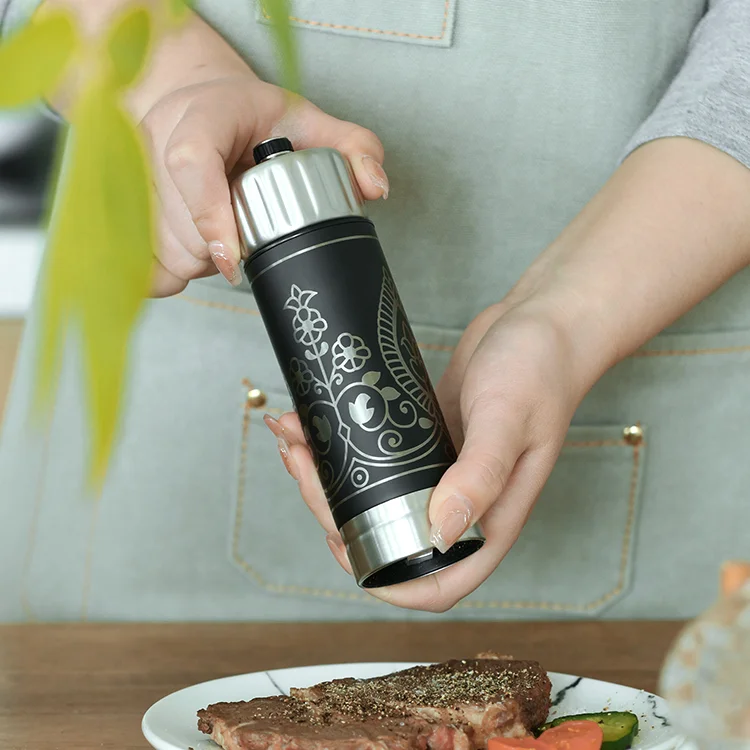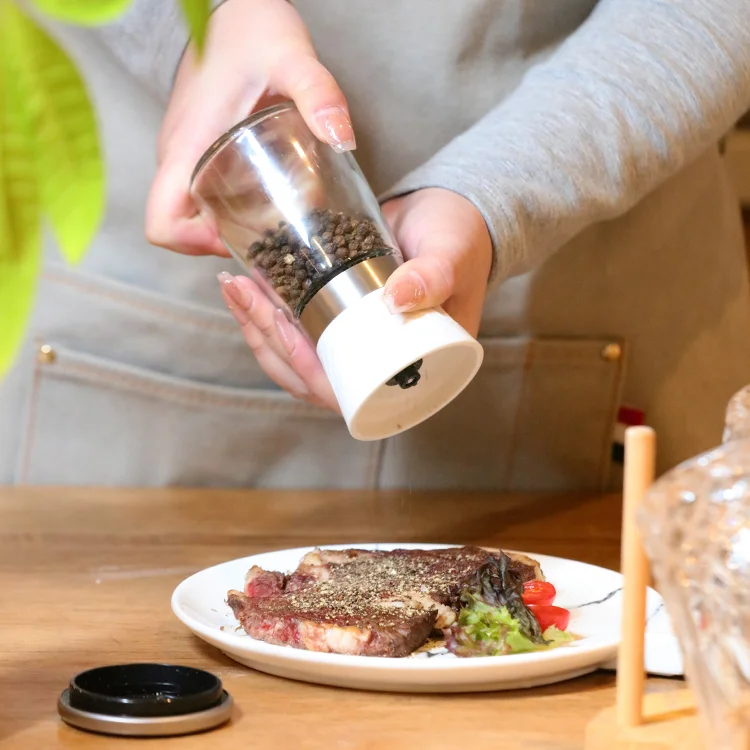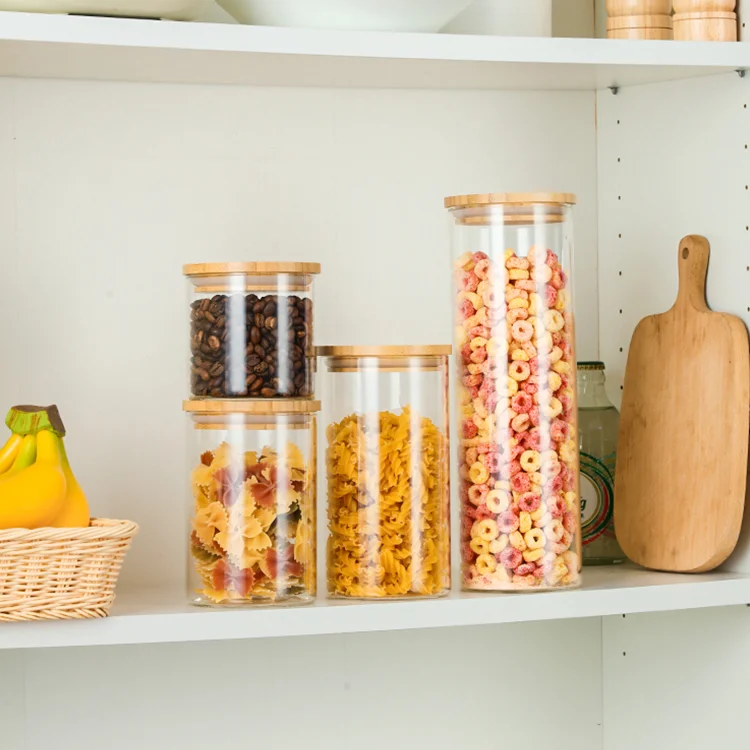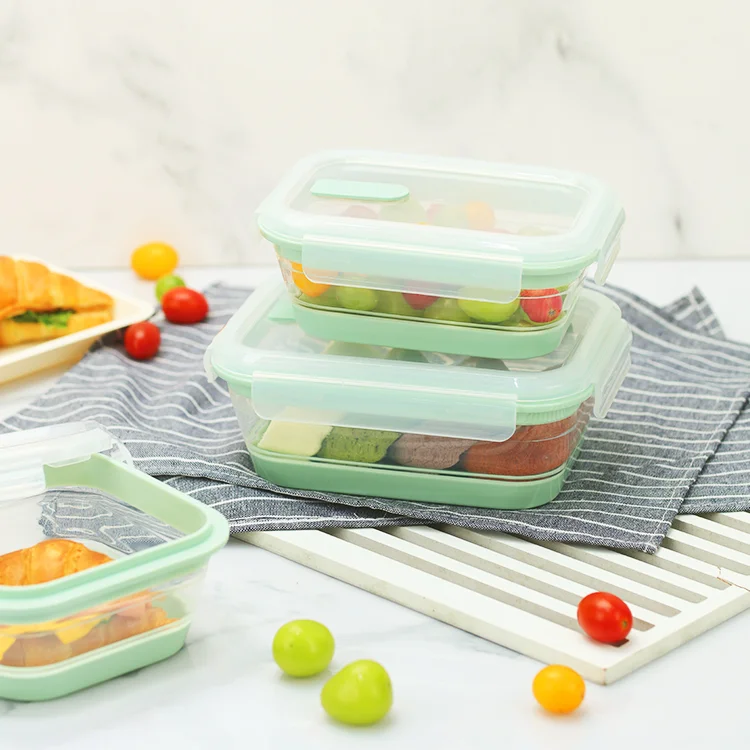The selection of the appropriate type of glass material can go a long way in making a product functional and durable—be it laboratory equipment in a lab or domestic products in the kitchen or other domestic products for daily consumption. This blog explains their differences both in terms of characteristics and benefits as well as usage of each type to enable you to make an informed choice.
What are Major Characteristics of High Borosilicate Glass?
Borosilicate glass is a customized product with unique characteristics sharing common application across various fields based on individualized characteristics with the capability to guide smart decision-making on usability.
Composition and Manufacturing Process
Borosilicate glass is primarily made up of boron trioxide and silica that renders it heat change resistant due to its low thermal expansion coefficient. The raw materials are first melted at high temperature and subsequently formed and annealed during the process of production to create this glass homogeneous and tough.
Thermal and Chemical Resistance
High borosilicate glass is widely used as it possesses the power to soak up very high or low temperatures without breaking. It can withstand very high temperatures and rapid change of temperatures without easily cracking and breaking into pieces as it is quite strong in construction. Also, its extremely high chemical resistance from all forms makes it a top choice in the laboratory where the chemicals are continuously being exposed in one form or another. Durability and Strength
High borosilicate glass is not prone to scratching, hence mechanically stronger than other glasses. Being scratch resistant makes it a go-to choice where durable materials that will last are needed for some time.
How Is Normal Glass Different?
Soda lime glass is the type of glass incorporated into ordinary things in contrast with high borosilicate glass, which boasts different characteristics and usage.
Material Composition
Soda glass is primarily made up of silica with sodium carbonate and calcium oxide that causes it to have a greater thermal expansion coefficient compared to high borosilicate glass, and hence it is more prone to thermal shock.
Common Uses and Applications
Standard transparent material is ubiquitous on windows and jars and other household items, courtesy of it being inexpensive to manufacture and widely available. Its transparency and ability to be molded into shapes make it a favorite one for decoration purposes as well.
Restrictions of Performance
Standard glass is utilized widely for uses all over the world but has limitations in performance as well. It shatters with sudden temperature changes and may not be able to cope with hostile chemical environments versus hardy high borosilicate glass.
Why Use High Borosilicate Glass Across Various Industries?
In the selection of glass, your specific requirements are ultimately what it comes down to. High-quality borosilicate glass has a host of benefits for many different industries due to its superior attributes.
Laboratory Equipment
The borosilicate glass finds applications in laboratory equipment due to the chemical resistance as well as resistance to shock with the retention of heat. It is extremely well-suited to laboratory devices such as beakers and test tubes for experiment use.
Kitchenware and Cookware
In pots, pans, and kitchen utensil application, borosilicate glass is oven or open-flame heat-resistant. It is non-reactive and prevents food flavor tastes from being affected when cooking or storing.
Lighting and Electronics
In the lighting industry, borosilicate glass is applied in light bulbs exposed to intense heat without discoloration. In the electronics industry, its insulation quality protects components from heat damage.
Can You Determine the Differences in Everyday Use?
Knowing the difference between borosilicate glass and normal glass will allow you to select the best product for you based on utilitarian considerations. Borosilicate glass can also appear clearer than regular glass due to having less impurity if looked at under normal conditions visually. Based on the properties of glass, it appears to weigh more but have higher resistance towards shock or heat.
How to Choose the Right Type of Glass for Your Application?
Choosing your specific type of glass for your specific application is paramount in trying to reach highest level performance and longevity. Being aware of these specifications will allow you to make an educated choice.
Setting Your Individual Needs
In deciding between ordinary glasses and borosilicate glass, make sure to evaluate your precise requirements first. Question yourself where the glass is going to be installed, for example, whether it will be subjected to heat or come into contact with chemicals. Borosilicate glass is immune to heat and chemicals therefore making it suitable to use for laboratory apparatus and cookware. But if you are using it for applications like bottles or windows, regular glass can do because of its affordability.
Things to Consider: Cost, Strength, and Safety
When selecting the glassware of your requirements, remember aspects such as the quality of price resistance, and security too. Superior quality borosilicate glass is more expensive due to manufacturing procedures and substances used. It’s scratch-resistance and impervious to daily wear and tear which means it will persist for a good number of years without any concerns. Moreover, good borosilicate glass is resistant to temperature fluctuation without shattering which can prevent accidents in certain scenarios.
Who is Sinoglass Group as an Excellent Supplier?
Sinoglass Group is an excellent supplier of high borosilicate glass and general glass products with a good reputation for their commitment to quality assurance when supplying various products for different industry specifications. Being experienced in this line guarantees the provision of materials that meet tight parameters and maintain performance consistency for both professional laboratory equipment as well as domestic products.
FAQs
Here are some questions you need to know.
Q: Why is high borosilicate glass more resistant?
A: Its low thermal expansion coefficient gives greater thermal shock resistance.
Q: Is high borosilicate glass appropriate for cookware?
A: Yes, it can withstand oven heat and direct flame.
Q: Why is common glass used on windows?
A: It’s cheap and can be easily shaped into a variety of forms.



